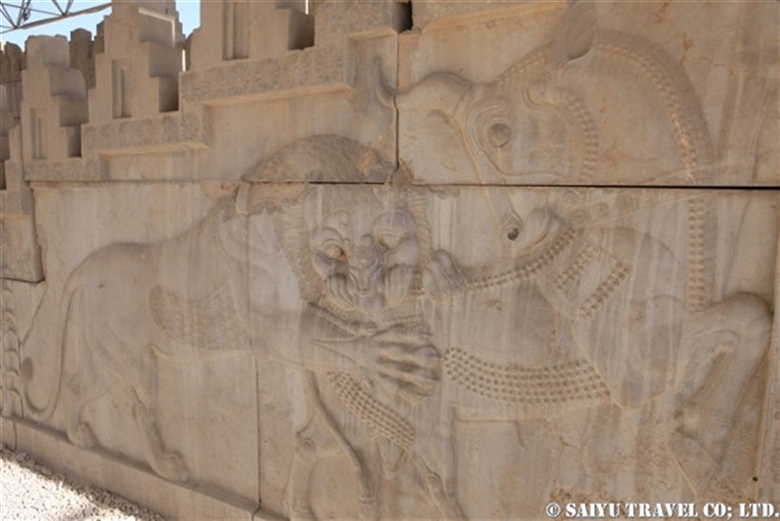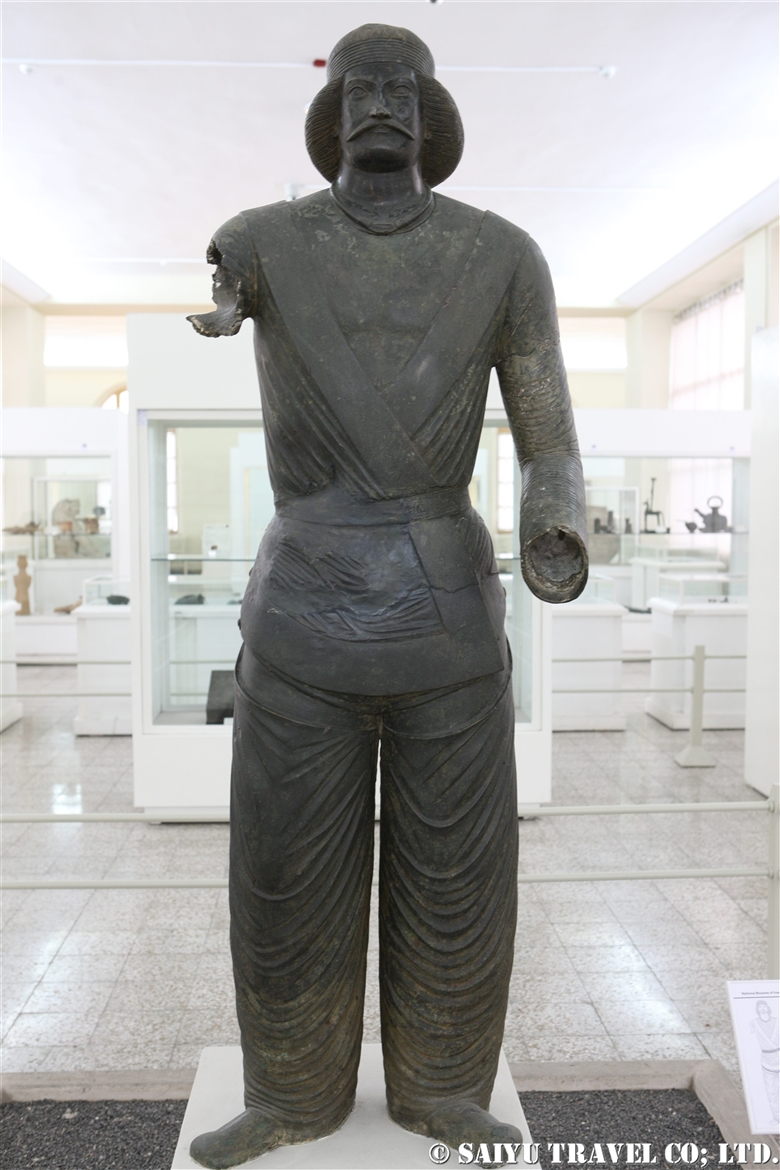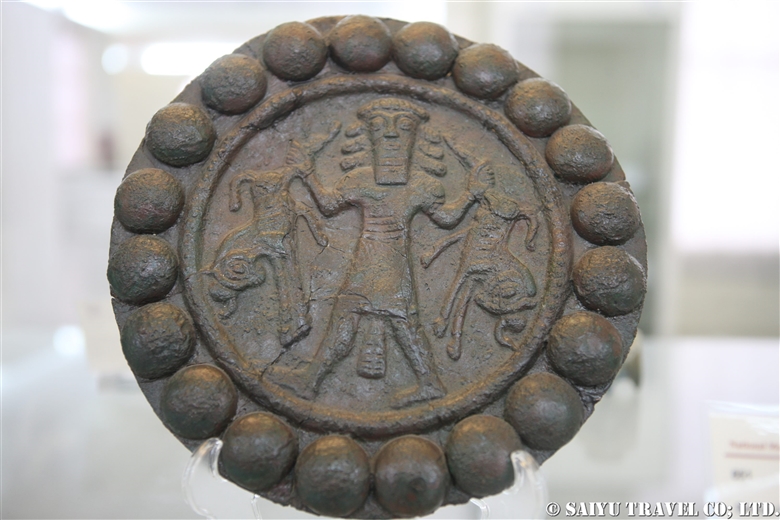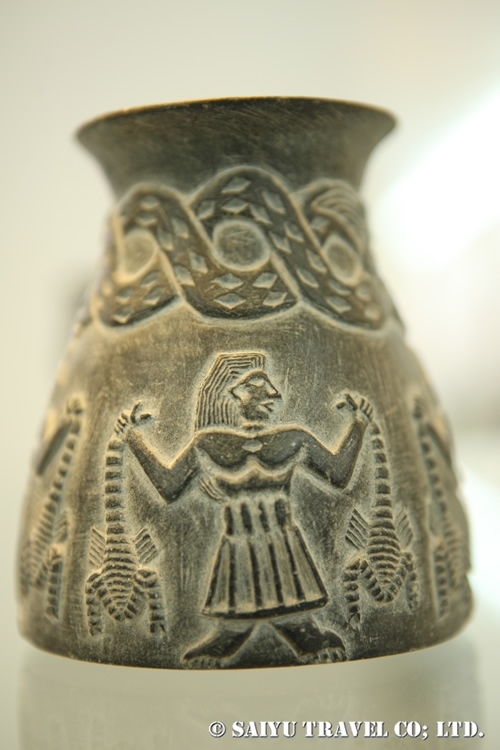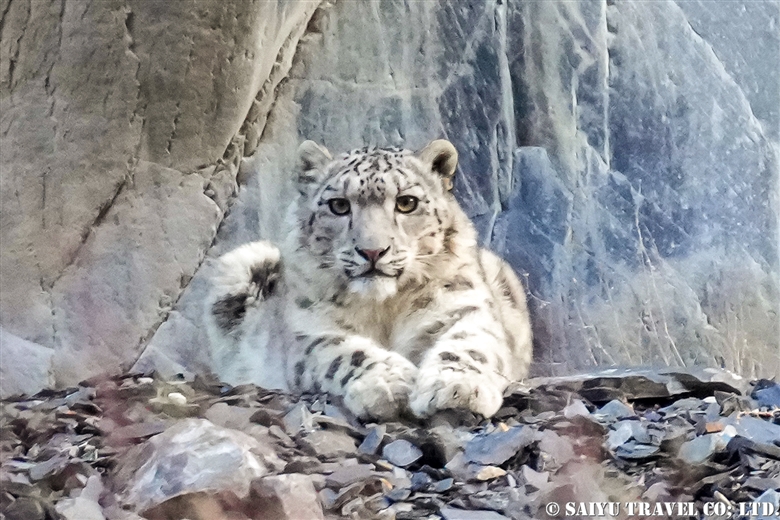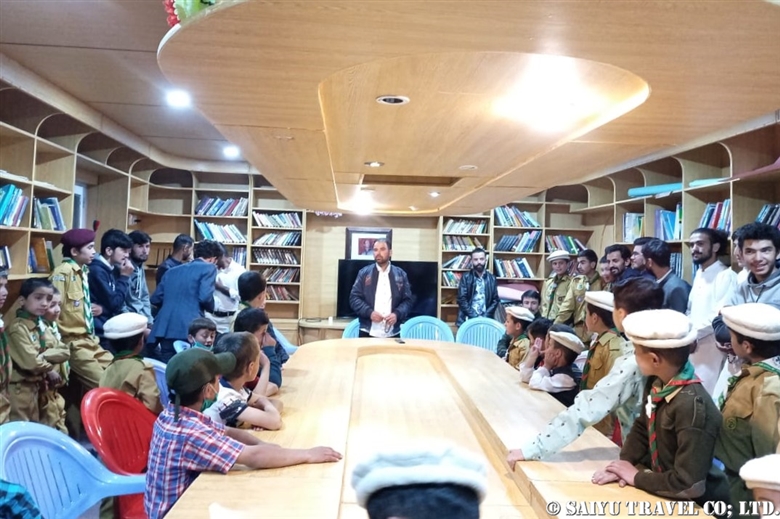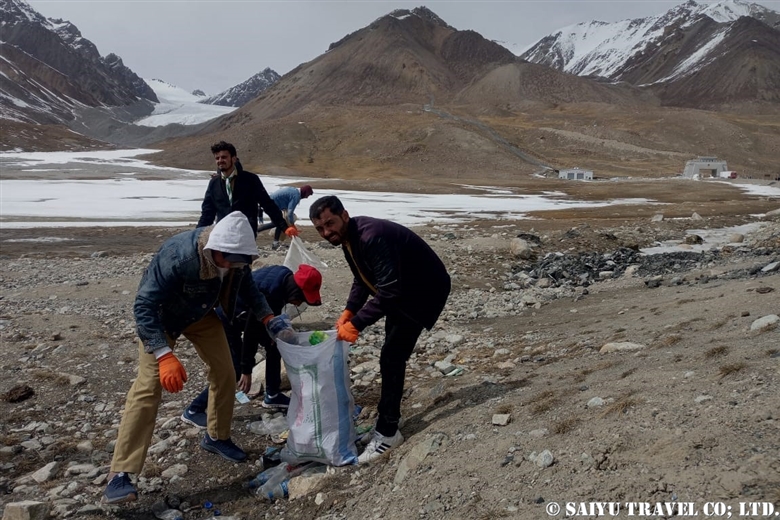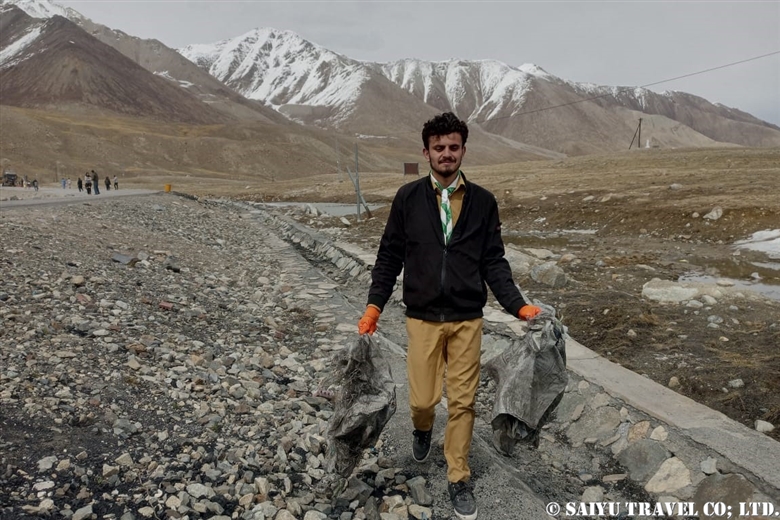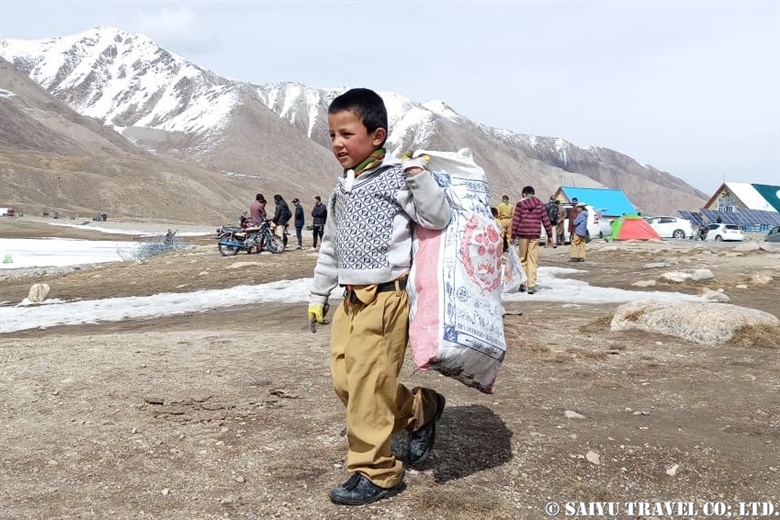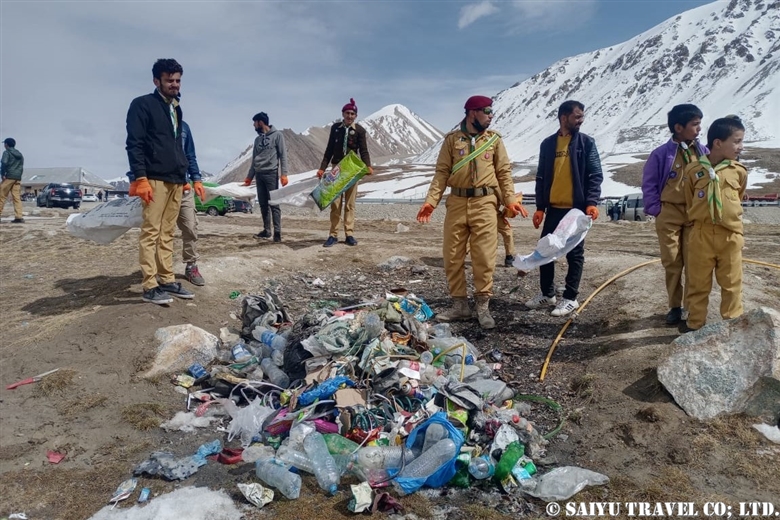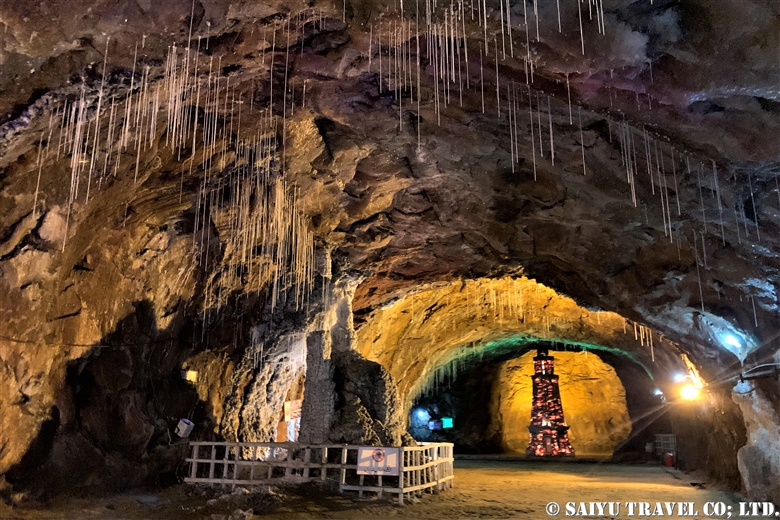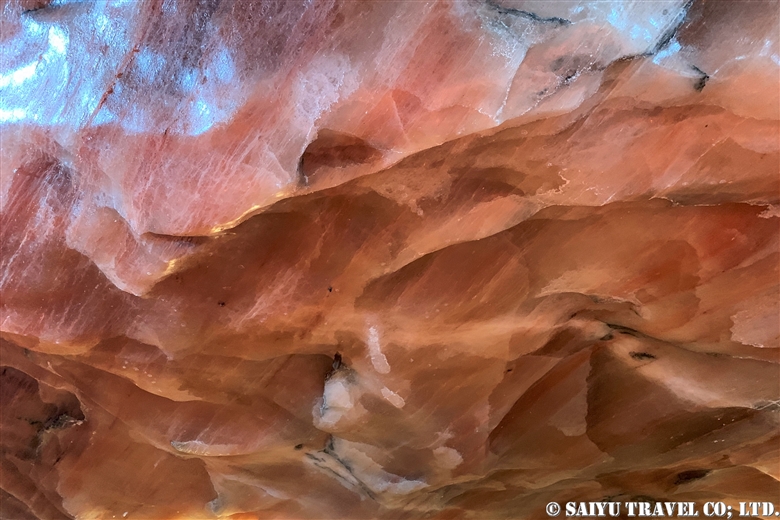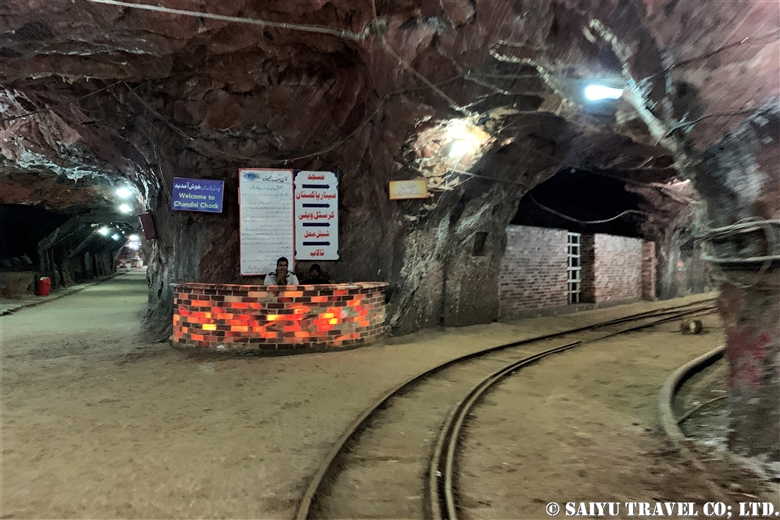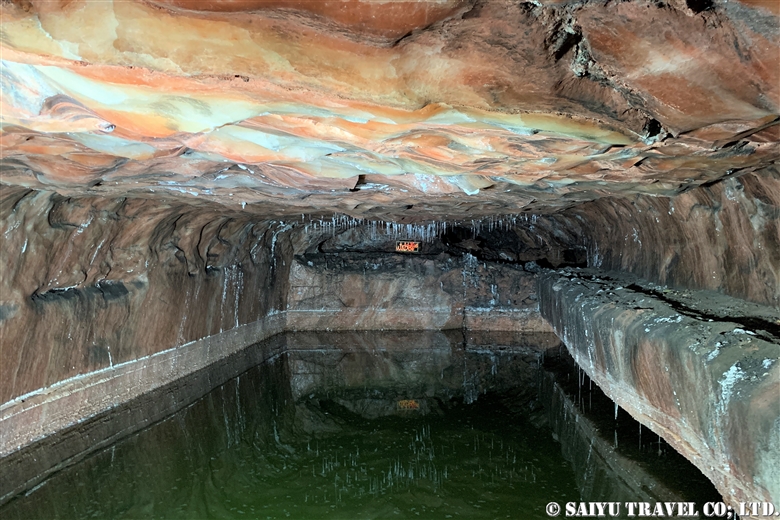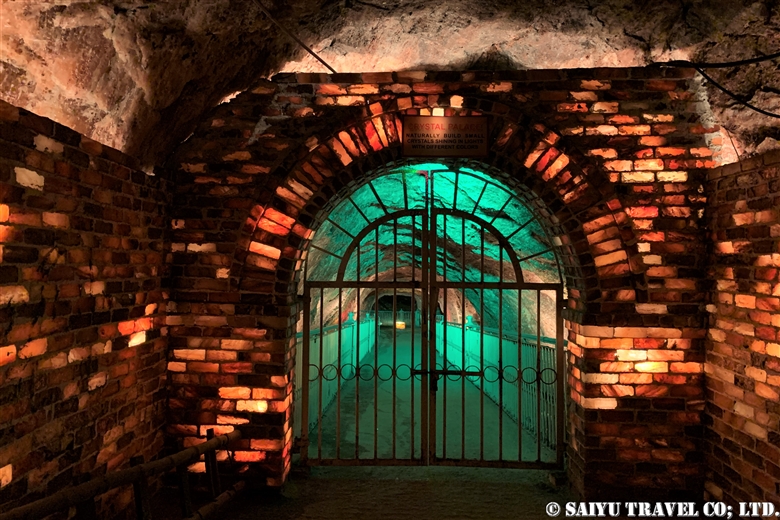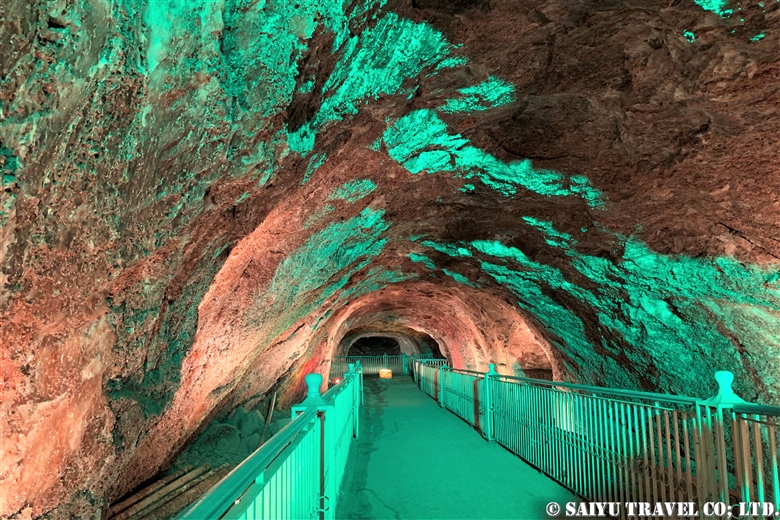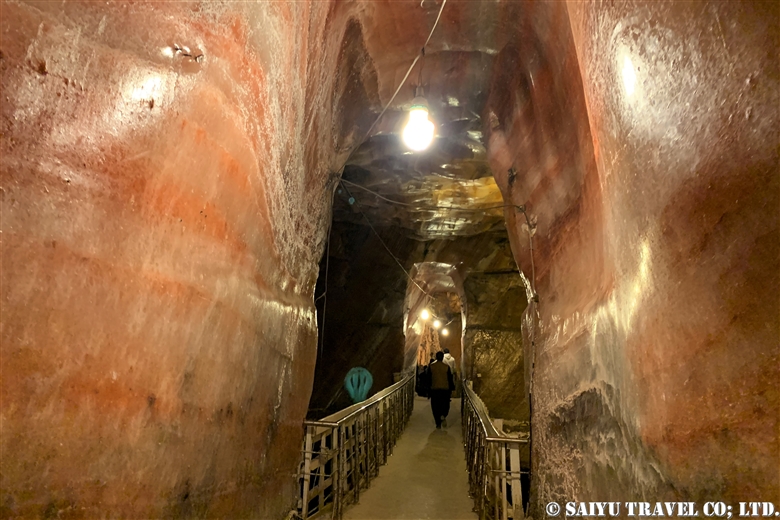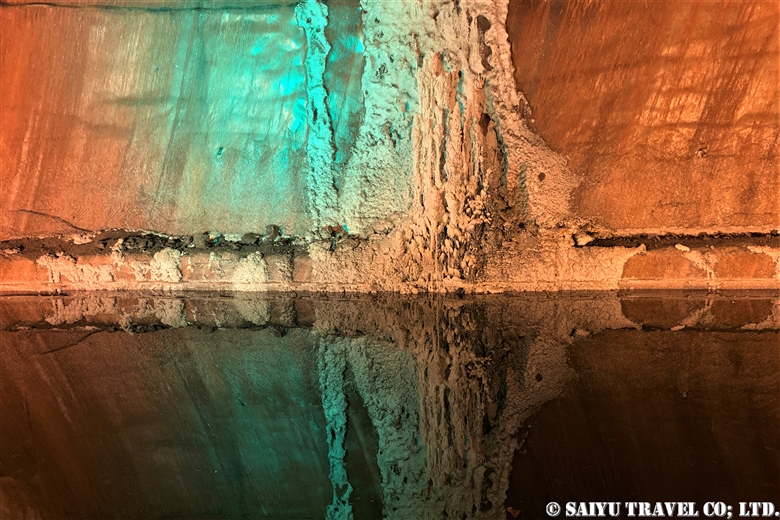Today we only travel about 7 km, from Khoburtse (3,834m) to the campsite in Urdukas (4,061m), which makes it a short day for trekking. Along the way, we cross two glaciers from the Urdukas Peaks, and from tonight we will finally begin camping at over 4,000 m.
K2 & Baltoro Glacier Trekking 2022 (Part 1) Skardu to Paiju
K2 & Baltoro Glacier Trekking 2022 (Part 2) Paiju to Khoburtse
K2 & Baltoro Glacier Trekking 2022 (Part 3) Khoburtse to Urdukas
K2 & Baltoro Trekking 2022 (Part 4) Urdukas to GoreⅡ
K2 & Baltoro Trekking 2022 (Part 5) GoreⅡ to Concordia

Shortly after leaving Khoburtse, we crossed the glacier from the Urdukas Peaks. The big boulders and rocks are scattered around us everywhere.

The mules are loaded down with climbing equipment, as one party passes by us one after another. When I asked the porter what is going on, he said that there are two expedition groups heading for Urdukas from Paiju. It seems the campsite will be crowded tonight.

A Balti porter who is drinking the glacier water. Throughout the trip, you will be amazed at their strength.

As we near Urdukas, the there is more vegetation, and the alpine plants were in bloom. For the rest of the trip, the campsites will all be on the glacier, so this is the last chance for the pack animals to eat fresh grass.

Even so, the flowers were in bloom near the campsite and those tough little mules were grazing on them. The mules kept arriving in droves, to eat the flowers and grass. The number of mules that arrived on this one day exceeded 200 head.

These flowers can typically be seen until early July. Not only flowers, but here, wild birds can also be seen as well. I will introduce just a few of the shots I got.

A Yellow-billed chough, Pyrrhocorax graculus. They are waiting patiently for the humans to leave the campsite with leftovers.

This is the Red-billed chough, Pyrrhocorax pyrrhocorax. They forage for nuts and insects, but here they were aiming for leftover food with the Yellow-billed choughs. Living in this harsh environment, anything we leave behind is such a treat! During the Baltoro Glacier trek, we tend to see more Yellow-billed choughs than the red-billed choughs.

In addition to the two wild crow family, which I just introduced, there is also the raven. This area’s ravens is a subspecies Corvus corax tibetanus (also Tibetan raven), which are the largest and most gorgeous raven species. From this campsite all the way to Concordia, you’ll see these three crows at every campsite along the way.

When I got this shot of the Red-fronted Rose finch, Carpodacus puniceus I was so excited. According to the distribution maps, it is a bird that lives in the high mountains around the Tibetan Plateau.

When we arrived at the campsite, we had it all to ourselves, but then soon after that, two other groups arrived one after another.

By the evening the campsite was bustling. One problem with the Urdukas campsite is that the permanent toilets are very far away. We only stayed for one night, but for groups that come from Paiju to Urdukas in one day, they tend to stay for two nights and take a full day of rest before continuing.

Today, the goat we had brought up with us was butchered, we were offered a fresh “charcoal-grilled liver” and the staff enjoyed a stewed dish of the organs. This goat meat was our source of food until the final day of our trek. By the way, the other group of climbers had brought yaks and dzo (or zho, which are yak-cow hybrids).

The view from the campsite in the evening. Baltoro Glacier with the Trango Castle and beyond that, Uri Biaho.

The west side of the Urdukas campsite just as the sun was setting. A part of the Urdukas Peaks appeared in the background, and moments later, the moon rose from here.
Photos & Text: Mariko SAWADA
Trek date: Early June 2022
*The altitudes and distances traveled from site to site that are listed, are based on our own measurements and GPS equipment. Please note that these may differ from other reference materials.
*Contact us, Indus Caravan for more information or to make arrangements for your Baltoro Glacier trek!
Category : - Baltoro Glacier & Concordia > - Baltoro Glacier & Concordia > ◆ Gilgit-Baltistan > ◇ Mountain of Pakistan > ◇ Birds of PakistanTag : Uli Biaho , Indus Caravan , Baltoro Glacier , Concordia , Baltoro trekking permits , Saiyu Travel Pakistan , Pakistan Trekking , Baltoro , K2 , Pakistan Travel company , K2 & Baltoro Trek , Northern Pakistan Travel , Pakistan tour operator , Urdukas , Pakistan Blog , Pakistan Photography Tour , Urdukas Peaks , Pakistan Travel Blog , Pakistan Trekking company , Trango Catsle , Travel Pakistan Blog , Skardu































































